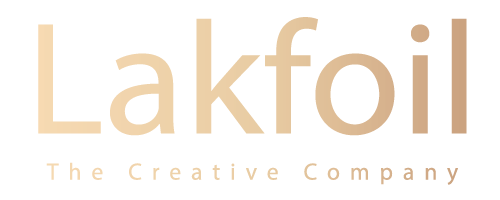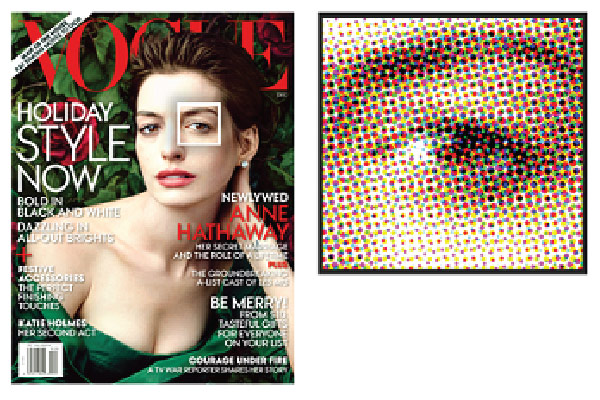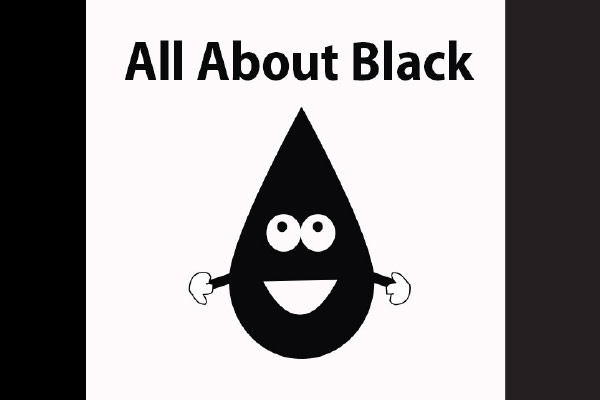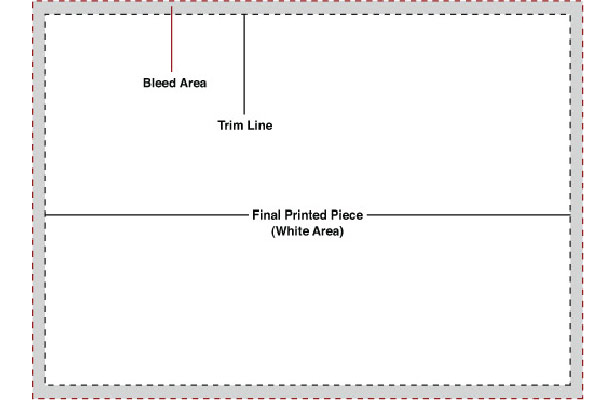
[5] Getting Fonts Right
December 16, 2021
[3] Prepress Preparation
December 18, 2021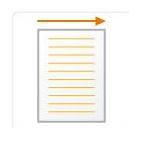
What is paper grain?
Being knowledgeable about paper grain and ways you can ensure your documents are “going with the flow” will pay off in document quality. You’ll also maximize both your paper and printing investments by avoiding costly reprints. You’ll find the paper grain basics here, as well as specific instructions for proper grain direction in certain types of documents.
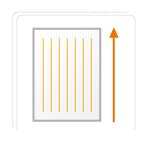
A paper mill may indicate paper grain on carton and ream labels, product brochures, swatch books and price lists in several ways:
1. You may see the words Grain Long or Grain Short.2. The dimension parallel to the grain may be underscored. For example, 8.5×11 indicates long grain, while 11×17 indicates short grain.
3. “M” may be used to indicate machine direction, for example, 11Mx17 indicates short grain.

Folded Documents
Fold paper parallel to the grain direction. Paper folded against the grain may be rough and crack along the folded edge. The heavier the paper, the more likely roughness and cracking will occur. We suggest you score* heavier papers prior to folding.
(*Score: To compress paper along a straight line so it folds better. Also called a crease.)
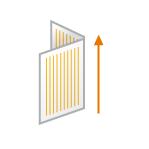
Signature Booklets
When you are producing a signature booklet, make sure the grain direction is parallel to the folded edge of the signature. We recommend against mixing long grain and short grain paper in a signature*. Why? When the booklet is trimmed, you may get uneven or stepped edges.
(*Signature: Printed sheets that are folded at least once, possibly many times, to become part of a book, magazine or other publication.)

Book Binding
When you are binding a book, always make sure the paper grain of every page is parallel to the binding edge of the book. Do not mix grain directions in book pages. Why? You could encounter any or all of these problems:
1. Pages resist turning
2. Paper edges are wavy
3. Binding edge is bulky and distorted
4. Pages flare outward
5. Book snaps closed when you try to open it
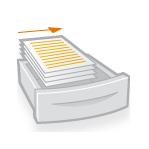
Xerographic Printing
When you are running papers heavier than 120g/m2 in a copier or printer, grain direction is critical! Be sure the grain direction is parallel to the lead edge of the paper when you are loading heavier papers into Xerox equipment paper trays. For example, the 8.5-inch side of the paper should be the lead edge* for grain short paper.
(Lead Edge*: The edge of the paper that enters the Xerox copier or printer first.)
Paper Smoothness Improves Image Quality
Smooth Paper for a Smooth Process! The smoothness—or roughness—of a paper’s surface is its finish. When it comes to paper, the smoother the better. Image quality depends on it.

Too Rough is Too Bad!
If a paper’s finish is too rough, image quality plummets. The rougher it is, the poorer the image quality in solids and halftones. Extremely rough paper will not properly accept fused dry ink it will rub or flake off. Using textured paper, for example, can lead to missing images. Why? To duplicate or print fine lines and detailed images on xerographic equipment, the paper’s surface must come in close contact with the imaging drum for dry ink particles to adhere. If the paper texture is too rough, some particles may never come in contact with the paper. The result? Part of your image will not print.
Mottle light patches in solid color areas occur on rough papers and on papers with poor or uneven formation. Paper smoothness and formation usually decrease as paperweight increases. That’s why, when you are working with heavier-weight papers, it is especially important that you select a smooth paper.
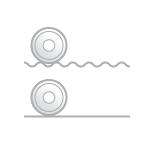
Adjusting for rough paper
Surface irregularities may not be filled in with dry ink, so images on rough papers may appear light. Use a higher density setting (use the Lighter/Darker setting on your copier/printer) to achieve a density level equal to what you could achieve on a smoother paper.

Specks, spots and recycled paper
Impurities in the papermaking process can leave tiny specks in some paper stocks. Those specks can translate into marks or spots on the image of your copy or print. Recycled paper is especially prone to specks since some impurities cannot be removed in the recycling process. While Xerox strongly supports using recycled paper, we do not recommend using it to copy or print documents containing high-resolution photographs or fine type. The specks in recycled paper may interfere with images and fine type in some documents.

Making Good Paper Choices
Xerographic papers designed for color imaging are generally smoother than average xerographic papers. We recommend you use papers with smooth or coated finishes for finely detailed documents or documents with shaded areas or halftone images. There is demand today to use fine printing papers in xerographic equipment. High gloss papers (think magazines, brochures, and direct mail) are traditionally the first choice of graphic designers and offset press operators. Why? The smooth, glossy finish is reflective, making it an optimum surface for photographs, color illustrations and text.
While offset style papers can be used in xerographic equipment, the coating materials sometimes used in the manufacture of these papers can impact the performance and reliability of xerographic equipment. Be aware you may see smearing, blurring and flaking with some papers.
